|
» Australia » Belgium » China » Denmark » Egypt » Germany » Hong Kong » Iceland » Israel » Indonesia » Japan » Korea » Malaysia » Nepal » Palestine » Portugal » Singapore » Spain » Thailand » The Netherlands » Turkey » United Kingdom » Vietnam
Photo Albums Photos of Hwaseong Fortress, Suwon  May Dal Protest: Seoul  Photo Gallery of Japan During Korean War  Korean Sights -- The Sights of Korea 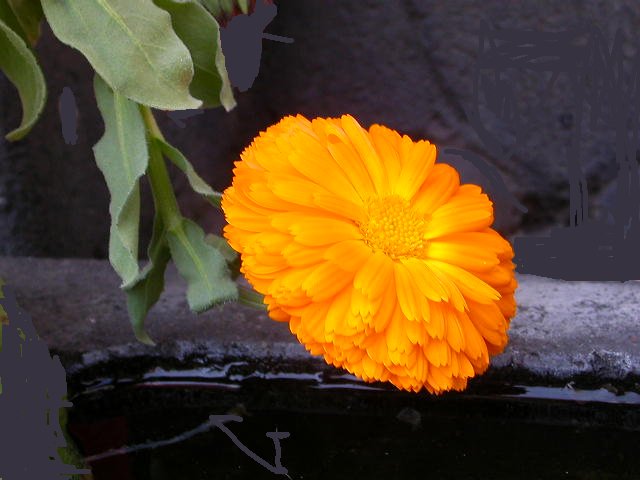 The World of Flowers 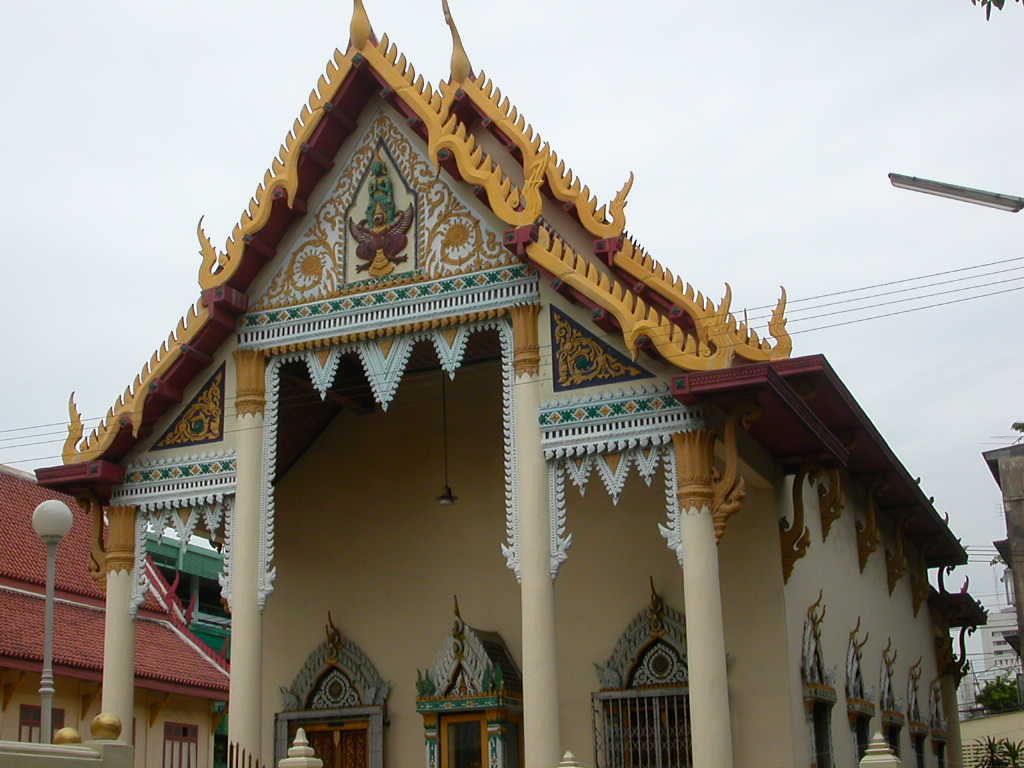 The Temples of Asia 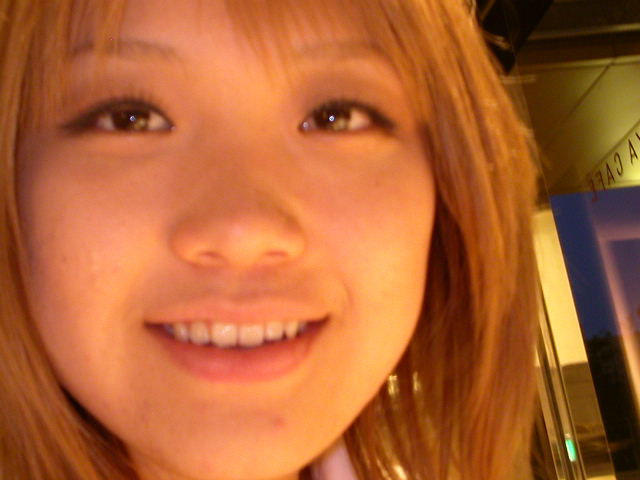 FaceOff -- The Faces of Asia 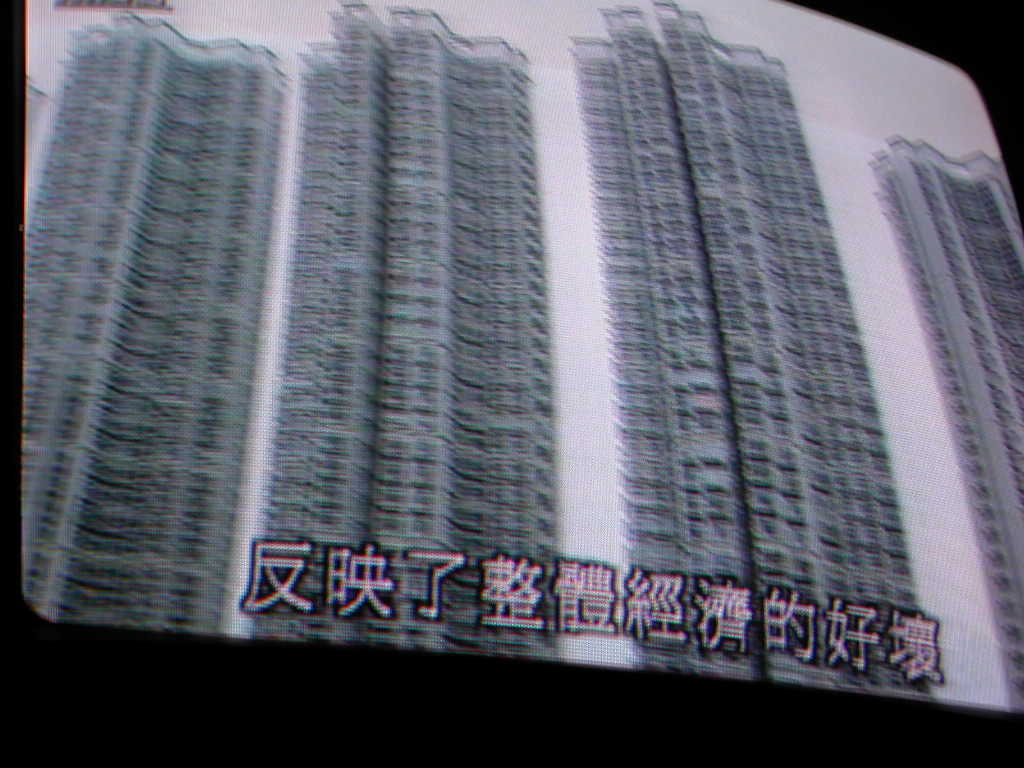 Great Cities of the World 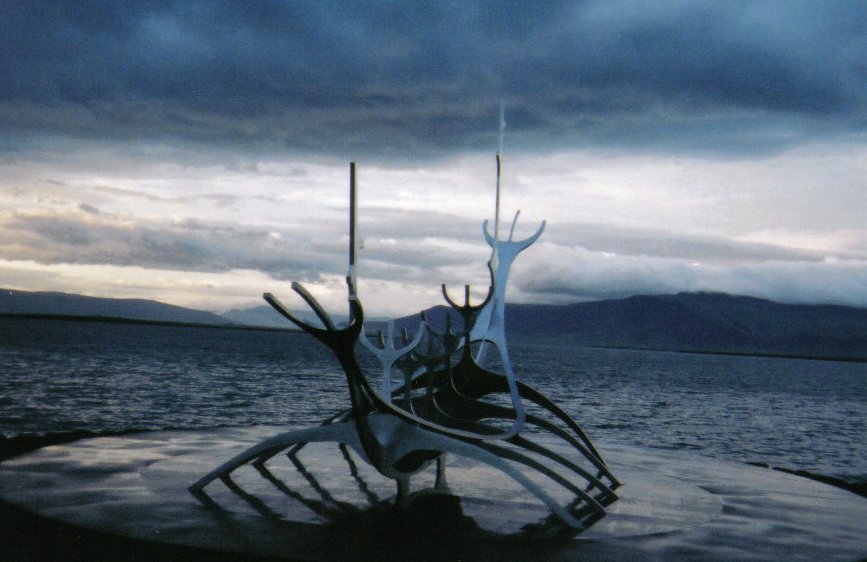 Vikings Horns -- The Warriors of Iceland  Singapore -- January 2003
Maps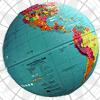 Interactive photographic map of the entire world!
Asian Recipes Asian Recipes -- Indonesia
Australian Recipes Australian Recipes -- Road Kill
Reviews 101 Reykjavik -- Life In Iceland |
||
|
suwon // hwaseong fortress  IT IS GETTING HARDER AND HARDER THESE DAYS TO FIND A PLACE WHICH IS UNMISTAKEABLY FOREIGN, UNMISTAKEABLY EXOTIC, AND COMPLETELY DIFFERENT FROM THE WORLD THAT WE NORMALLY INHABIT. The city of Suwon, south of Seoul in South Korea, is one such place. On first glance Suwon looks like the typical big Asian city, noisy and full of cars and department stores. Concealed within this very modern city, however, is one of the pearls of the Orient -- the UNESCO World Heritage Site of Hwaseong Fortress. Built in 1796 from stone and brick, the walls of the fortress ramble for nearly six kilometres through the hills and flatlands of Suwon. To my mind, these meandering walls are reminiscent of the Great Wall of China, although Hwaseong Fortress is of course built on a much smaller scale. 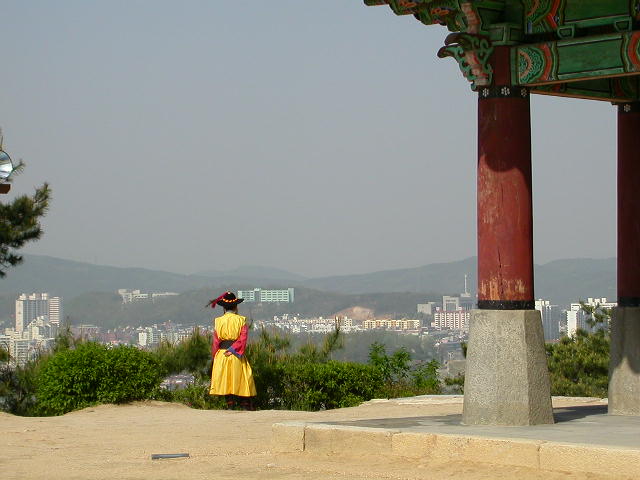 What it lacks for in size, however, it makes up in ambience. The walls are lined with traditional Korean flags and attended by guards wearing flamboyant period costumes. The combined effect helps to transport the visitor into another time, a wilder and yet more refined medieval age -- the time of the Joseon Dynasty (1392-1910). According to some observers, the construction of the Hwaseong Fortress was one of the Joseon Dynasty's greatest achievements, and having been there, I have to agree it is a magnificent structure. This is truly one place where the visitor realises they are "not in Kansas anymore". This is one place where Asia lives up to its romantic and alluring reputation. What it lacks for in size, however, it makes up in ambience. The walls are lined with traditional Korean flags and attended by guards wearing flamboyant period costumes. The combined effect helps to transport the visitor into another time, a wilder and yet more refined medieval age -- the time of the Joseon Dynasty (1392-1910). According to some observers, the construction of the Hwaseong Fortress was one of the Joseon Dynasty's greatest achievements, and having been there, I have to agree it is a magnificent structure. This is truly one place where the visitor realises they are "not in Kansas anymore". This is one place where Asia lives up to its romantic and alluring reputation.
Hwaseong Fortress originally guarded the entire city when it was built by Korea's King Jeongjo (1776-1800), the 22nd king of the Joseon Dynasty, as an act of loyalty towards his father who had been murdered in palace intrique.
Along the wall are four gates facing in the cardinal directions -- Paldalmun (leading up a steep path towards the aforementioned Mt Paldal), Changganmun, Hwasomun, and Changnyongmun. By the way, "mun" means "gate" in Korean, and you can see a lot of old fortified gates all over South Korea, particularly in Seoul. As well as the four main gates, Hwaseong features five secret gates and two floodgates (the only two of their kind in South Korea.) There are also four gateguard platforms, three observation towers, one beacon tower, five sentry towers, two command posts, four angle towers, five weapon bastions and two archery platforms.
One special thing about Suwon's castle is the way it was built. Unlike other structures of the age which were constructed of stones, this fortress was built of bricks and with the very first Korean crane, invented by the great Confucian scholar Jeong Yakyong (1762-1836). This has been recognized by experts as the best structure of its kind built in Korea before the Industrial Revolution.
There are two choices for experiencing and exploring the fortress, assuming you arrive at Suwon train station. That is, you can take the easy route, or you can take the hard and dramatic route. Both courses start at Paldalmun Gate, which is only a few bus stops away from the train station. The last time I visited Pandalmun Gate, after fortifying myself at one of Korea's ubiqitious KFC establishments, I decided to take the western course which involves a hearty climb straight up Mt Paldal. A more leisurely option is to take the easterly route, beginning at "five beacon towers", or Pongdon. The Pongdon is a beacon mound from which soldiers sent smoke signals to indicate the status of the fortress to neighboring regions. As you circle the fortress, whichever direction you are heading, you will come across many interesting attractions. Foremost of these are the Tongbuk Kongsimdon, One thing you will notice not only in Suwon, but in fact all over South Korea, is that Korean people are very keen to talk to foreigners. Doing the rounds at Suwon, for example, I was ambushed by a group of college girls wanting me to help them complete one of their English assignments. I was initially flattered and was willing to give them the 10 or 20 minutes necessary to answer questions like "What do you think of South Korea?" A little later in the day I encountered another group of college girls, who stopped me to ask identical questions, which they recorded on to a tape recorder. It turns out the local university had told its English language students to go looking for tourists, and to ask them a set list of questions. I didn't mind it because it gave me a chance to meet the locals, but I can understand some tourists would get fed up with it. Anyway, you can meet plenty of characters in Korea. Unlike the Japanese, Koreans are usually forthright and opinionated. My favourite Korean was an old guy I met in a park in Seoul, who waxed lyrical about the incomparable delights of eating dog meat, and poured scorn on Westerners who were opposed to it. "They are all hypocrites," he said, "because they eat cows, and why are cows any better than dogs?" HOW TO GET THERE: Suwon is easily reached from Seoul. Simply take subway line No. 1 to Suwon Station. From the station to Paldalmun Gate take bus Nos. 8, 11, 13, 36, 38, or 39.
MORE INFORMATION: Suwon Tourist Information Center: (031) 228-2766 (international call: (8231) 228-2766.
PLACES TO STAY: Most people choose to visit Suwon as a day-trip from Seoul. However, there are a number of accommodation options in the Suwon area, including:
FOOD AND DRINK: Asians love their food and drink, and within South Korea, Suwon is famous for its strawberries ("ttalgi" in Korean) and its "kalbi", or barbecued short ribs. If you have a chance, you ought to try to some of those barbecued ribs. Some of the restaurants in the greater Suwon area include: OTHER ATTRACTIONS -- other things to see in suwon  SUWON HAS A POPULATION OF 650,000 PEOPLE AND IS NOW CONSIDERED A SATELITE CITY OF THE NEARBY CAPITAL, SEOUL. Apart from the esteemed fortress, which will occupy a couple of hours of your time, there are plenty of other things to see in Suwon. Not far from Suwon in Yongin City you will find the Korean Folk Village (http://www.koreanfolk.co.kr/), one of the region's most popular tourist attractions. As the name suggests, this is a recreation of a traditional Korean village from the 17th Century. A total of 260 houses have been built across the sprawling grounds, representing styles of the different regions of Korea. There are also temples, gorgeous mansions, government offices and plenty of beautiful old Korean gardens. To complete the charade, Koreans in period dress roam the grounds. It all adds up to a potentially kitsch tourist trap to us cynical Westerners, but actually the Korean Folk Village consistently wins good reviews for those who visit it. One of my Korean friends considers it the best thing to see in his homeland. To get to the village from Suwon, take the free shuttle bus which leaves from Suwon Station. You can also take a bus from Seoul's Gangnam Stn (subway line No. 2). The bus goes by Yangjae and Singal. The Korea Folk Village is located at 107 Ponari, Giheung-eup, Yongin-si, Gyeonggi-do, telephone (031) 286-2111/2116. The opening hours are 9am-5pm (March/April, October/November), 9am-5.30pm (May to September) and 9am-4pm (November to February.)
-- Korean Introduction - Pusan - Seoul - Suwon Castle - Girl Hunting -- | ||
 | ||
|
| ||